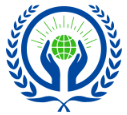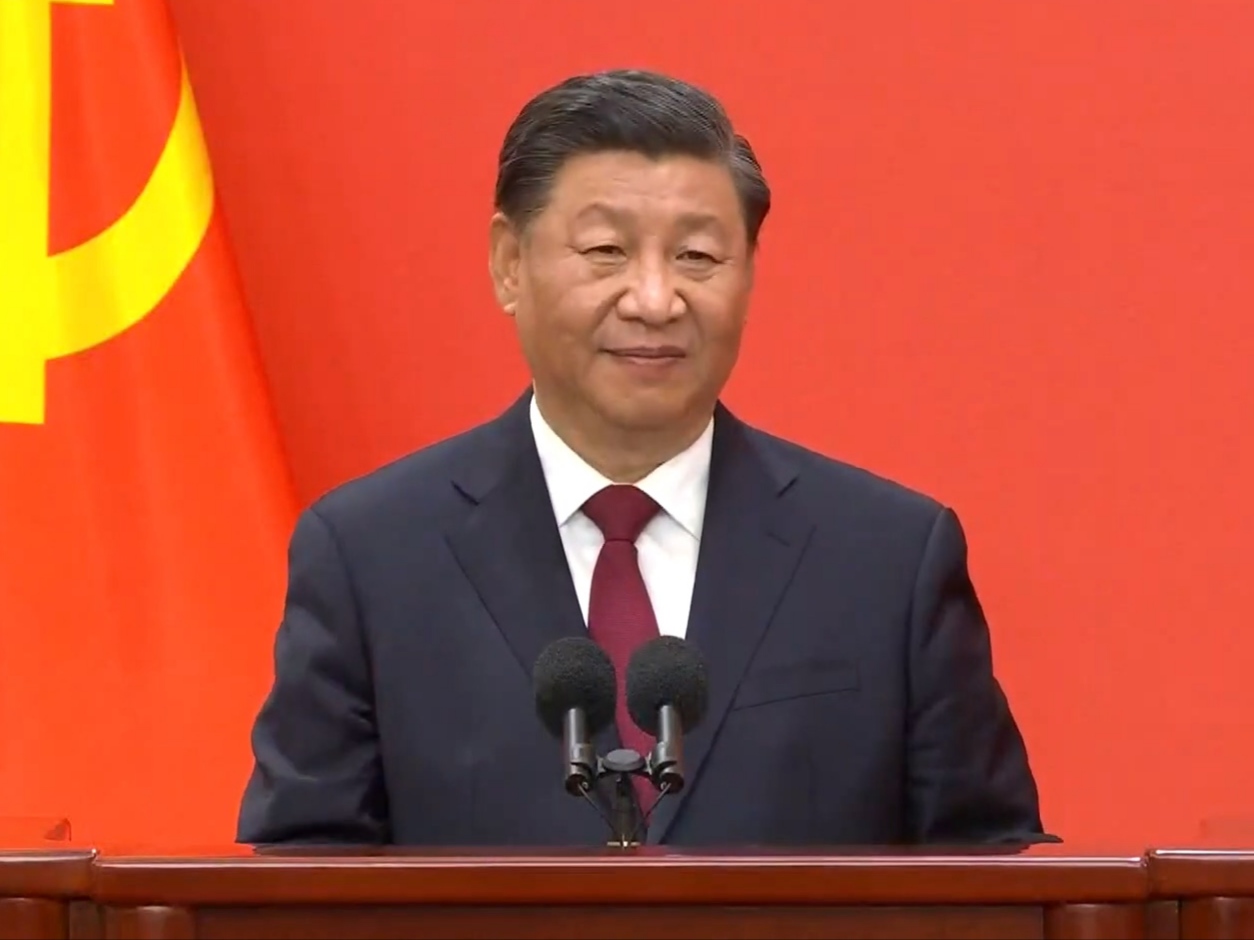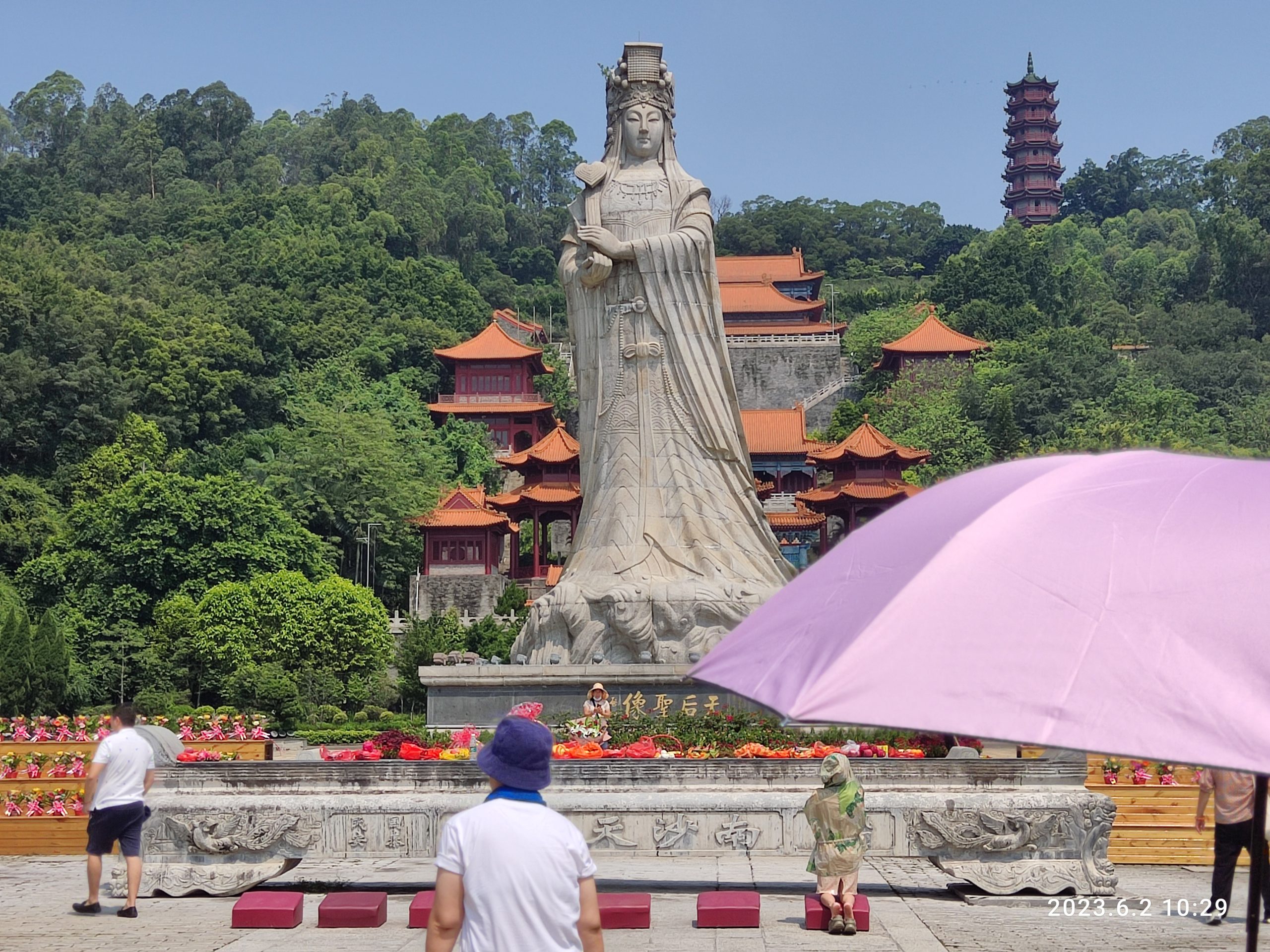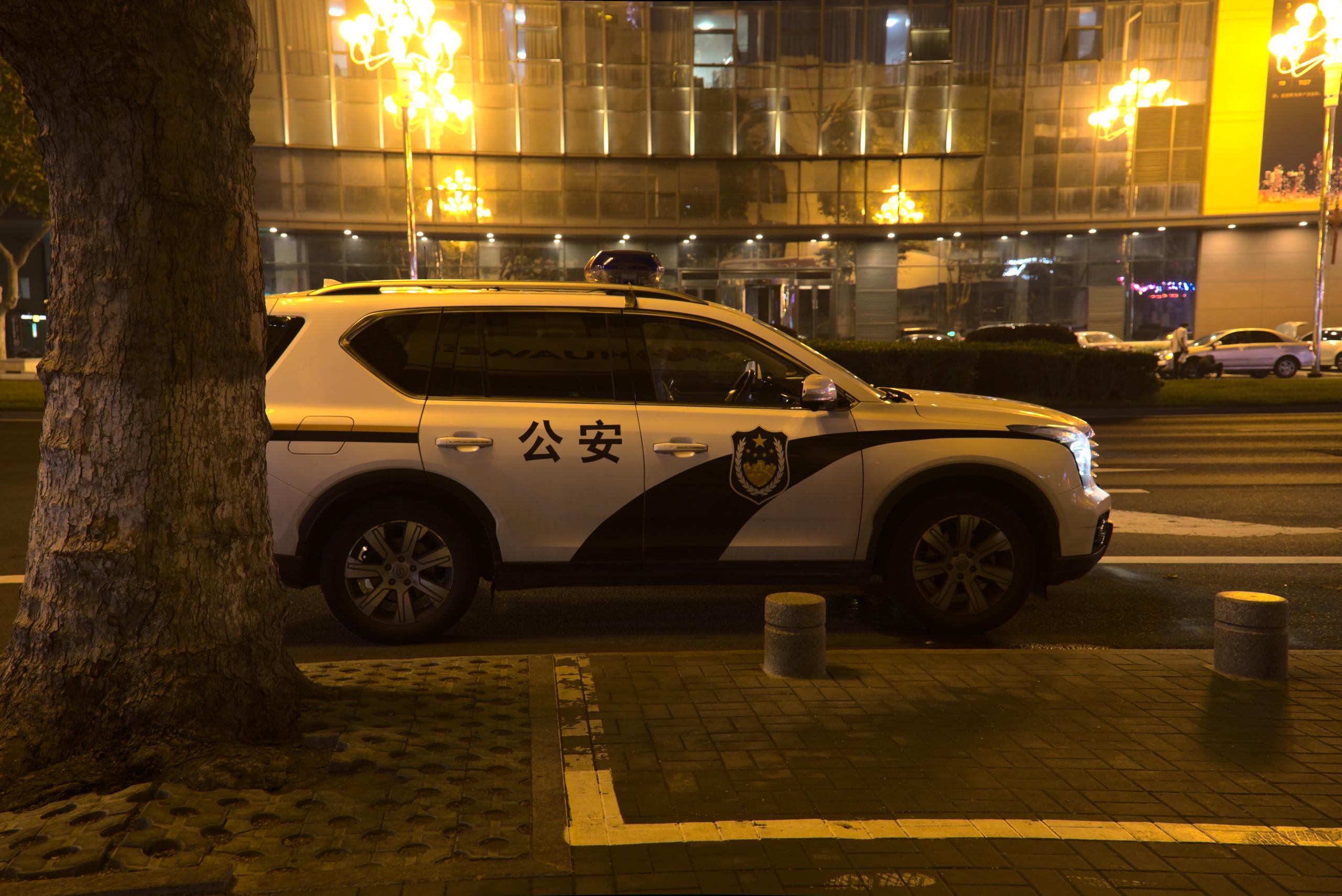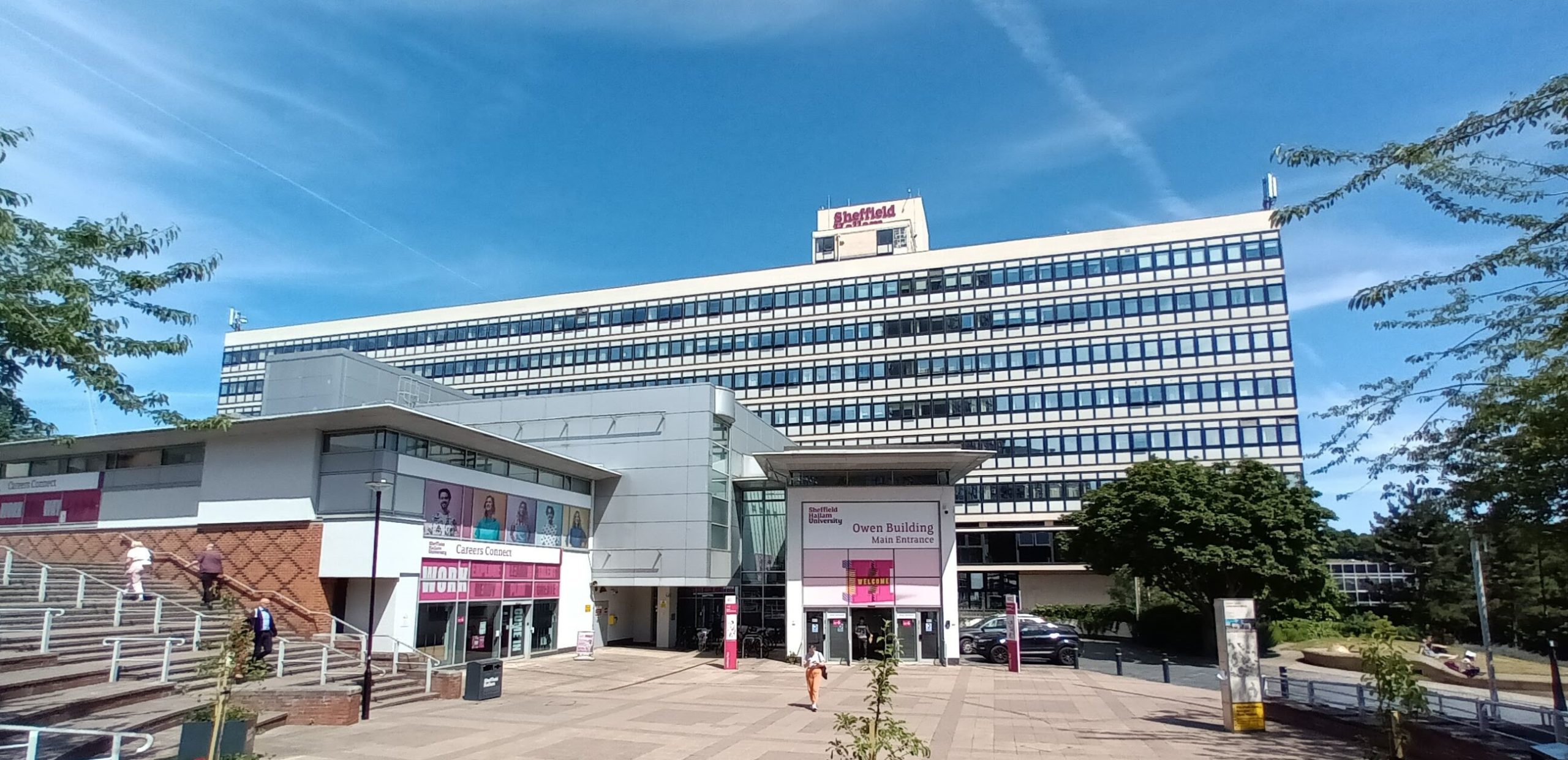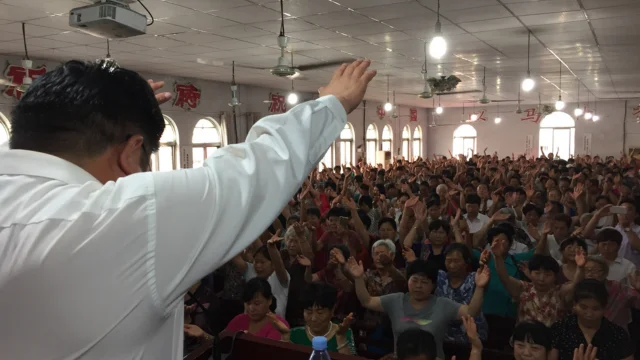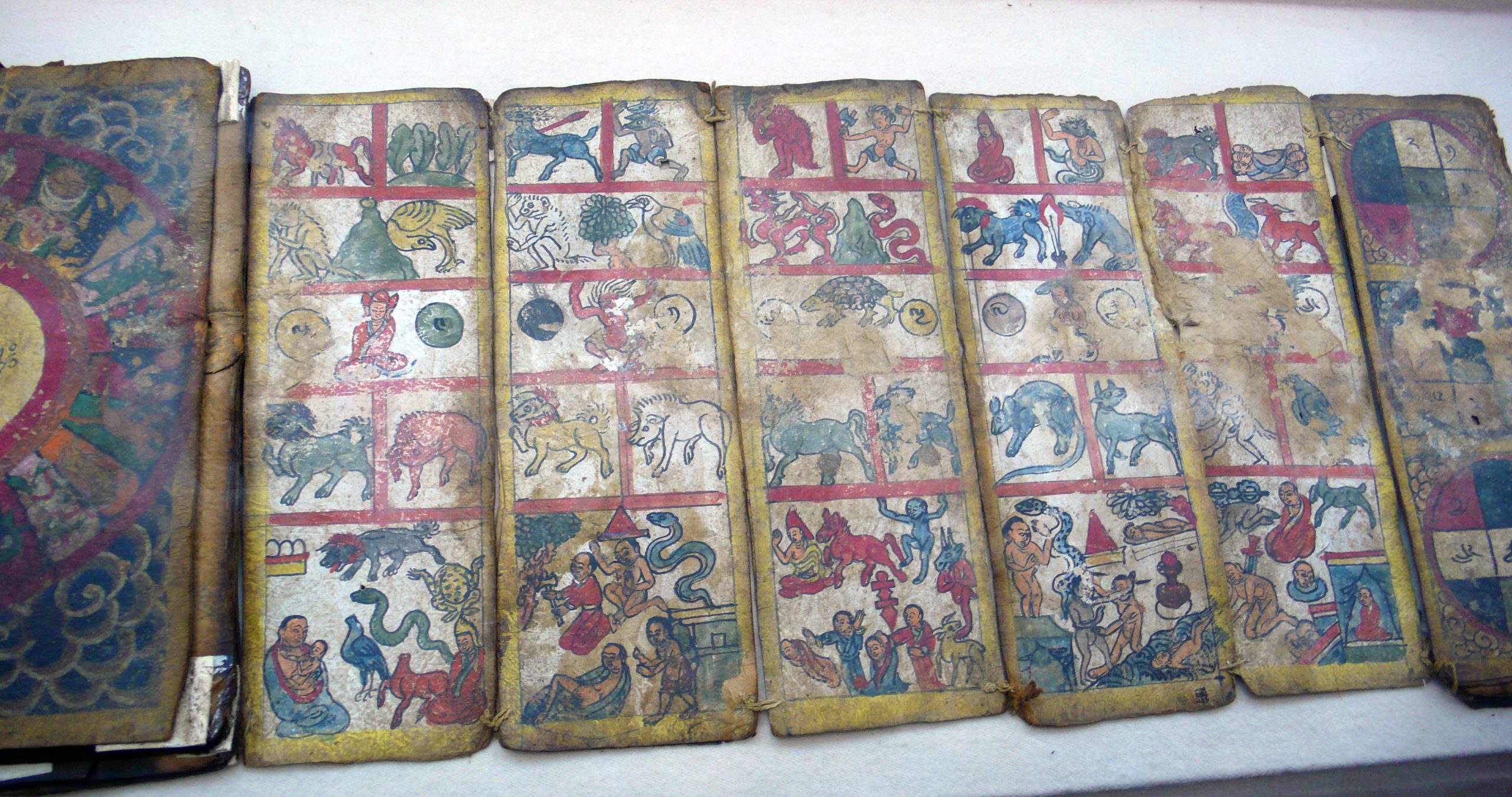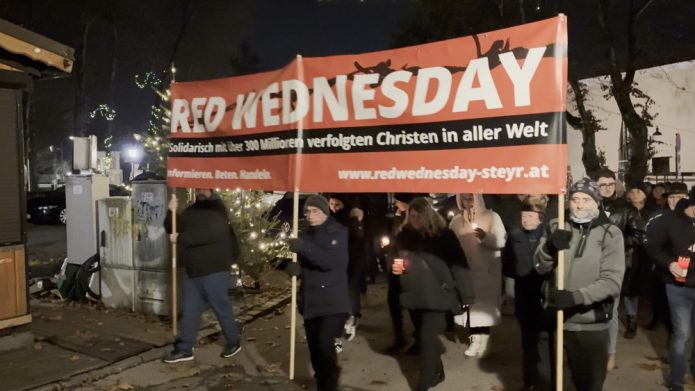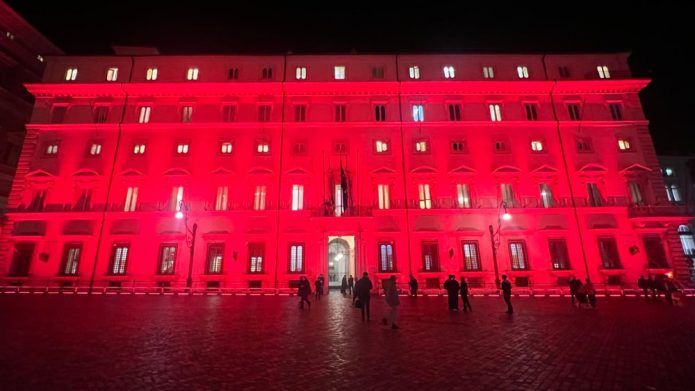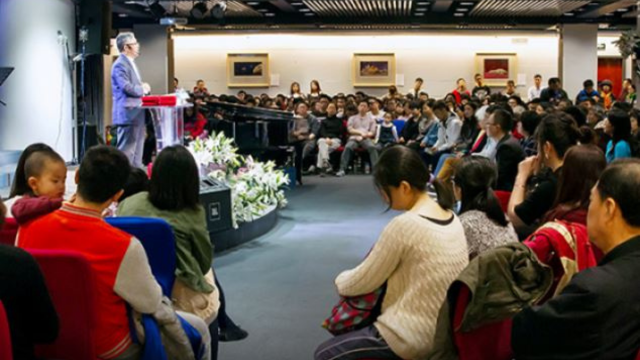Mongolian identity and culture are being slowly and silently attacked in what Mongols prefer to call Southern Mongolia. The world needs to pay attention.
by Massimo Introvigne

Classes in Mongolian language in areas of Inner Mongolia Autonomous Region were suspended because of the COVID-19 epidemic. Now, students are told they will never resume, and all teaching will be in Chinese. This is happening in high schools in and around Tongliao City, and is expected to extend to Tongliao Nationalities University and to other areas of the so-called Autonomous Region.
The move should be seen as part of a larger campaign to eradicate Mongolian identity, language, and culture from what the CCP calls “Inner Mongolia,” and most Mongols prefer to call “Southern Mongolia,” believing that “Inner Mongolia” was historically a name created by Chinese colonialism. The main strategy, which was started in Imperial times, is to organize the massive immigration of Han Chinese into the region, where Mongols are now a minority. Some five million Mongols represent 20% of the “Autonomous Region” population. After the horrors of the Cultural Revolution, where at least 30,000 (but according to some, as many as 100,000) of them were killed, they were promised that their cultural identity, religions (Buddhism and traditional Mongolian beliefs), and language will be respected. There were 110,000 primary schools using the Mongolian language in 1980, but more than 80% of them have now been closed, and replaced by schools were children are taught in Chinese.
The Mongolian language spoken and written in the region is a cultural monument. It is still written in the traditional characters, while in independent Mongolia, Mongolian is written in Cyrillic characters, a reminiscence of when the country was a satellite state of the Soviet Union.
There are, also, social and economic problems. Many Mongols in the Autonomous Region are herders, and they often protest when the government grab their pasture land in the name of “ecology.” Often, ecological pretexts disguise the CCP’s intention to seize the land for mining, in a country rich of natural resources. For example, on the morning of June 1, 2020, more than 400 Mongolian herders from the sum (township) Bayan-uul, in Bairin Left Banner (a banner is an administrative unit equivalent to a county) marched toward Lindong City, the banner’s capital, after the CCP had grabbed their land in the name of ecology.
Nearly 200 were arrested, and many were pepper sprayed and beaten before being detained. Activists who support these protests also go to jail. On June 5, 2020, the People’s Court of Heshigten Banner of Southern (Inner) Mongolia sentenced two of these activists, Tsogjil and Haschuluu, to eight months and four months in jail respectively. Tsogjil is also an author and social media host. He was previously arrested in 2019 for protesting the detention of Sechenbaatar, a well-known poet and folklorist who struggled to keep alive Mongolian culture in the Autonomous Region. Also in 2019, Lhamjab A. Borjigin was arrested after he published a book collecting testimonies of victims of the Cultural Revolution in the region.
Although less well-known internationally than its counterparts in Xinjiang and Tibet, what happens in Inner (or Southern) Mongolia is also a cultural genocide, the CCP’s attempt to destroy an old and proud culture in the name of “sinicization.” The U.S.-based Southern Mongolian Human Rights Information Center regularly publishes valuable information about the ongoing ethnocide. It should not be left alone.
Source: Bitter Winter


